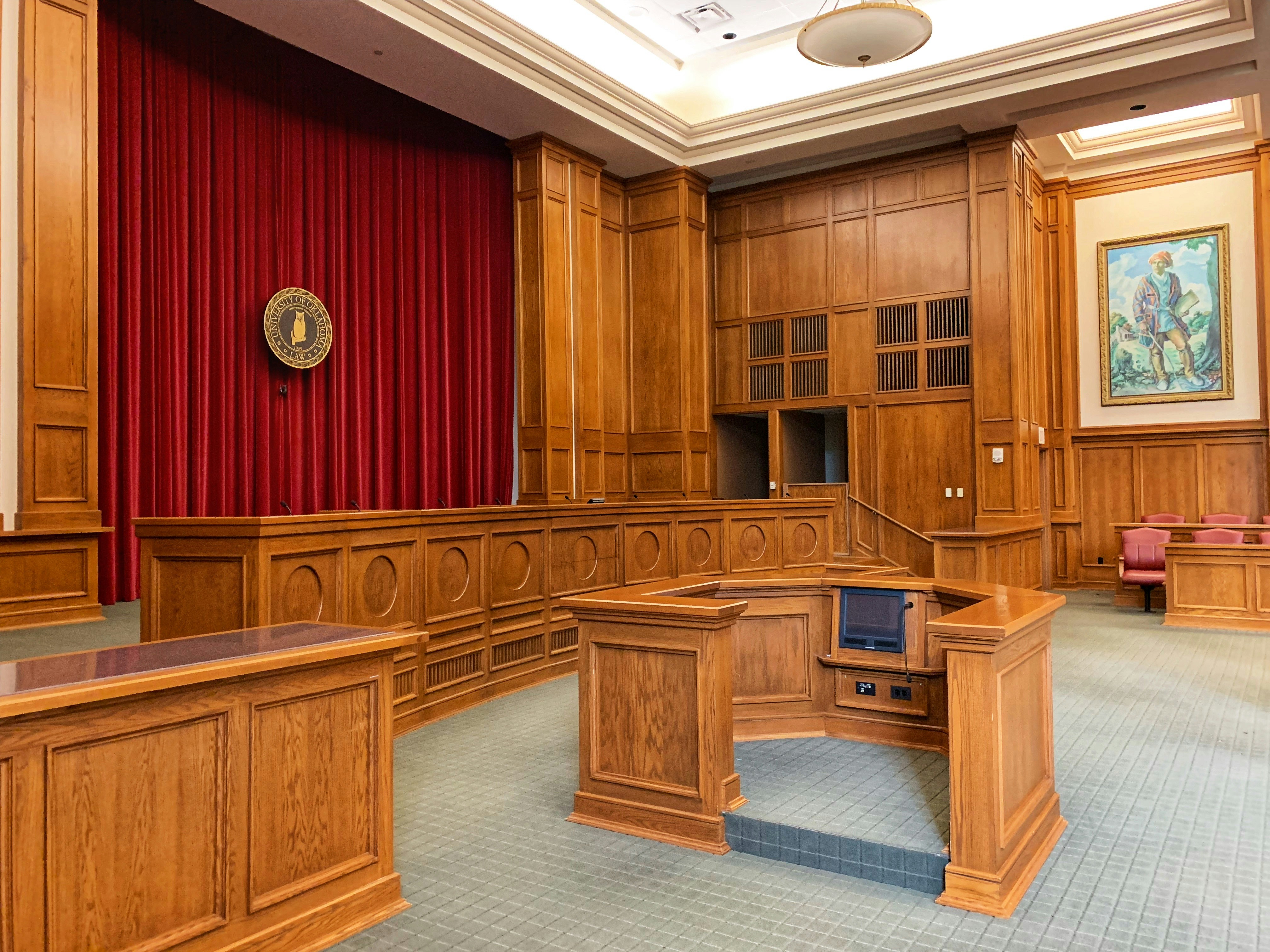Analyzing the Dramatic Shift in Supreme Court's Approach to Free Speech
Introduction: In recent years, the U.S Supreme Court has displayed a notable shift in its approach to free speech cases, tending towards an expanded interpretation of the First Amendment. This article delves into the historical context, key legal developments, and societal implications of this trend.

A Brief History of Supreme Court Free Speech Cases
The U.S Supreme Court’s interpretation of the First Amendment has evolved significantly over the years. In the early 20th century, the court adopted a restrictive interpretation, upholding laws that limited free speech in the name of national security. However, in the 1960s and 70s, the Court began to lean towards a broader interpretation, protecting controversial forms of speech.
The Contemporary Shift
In the last decade, the Supreme Court has further expanded its interpretation of free speech. The court has ruled in favor of free speech in a number of landmark cases, including those involving campaign finance, hate speech, and commercial speech. This shift has been seen as a move towards a more libertarian interpretation of the First Amendment.
Key Legal Developments
Two key cases illustrate this shift: Citizens United v. Federal Election Commission, which overturned restrictions on corporate political spending, and National Institute of Family and Life Advocates v. Becerra, which struck down a California law requiring crisis pregnancy centers to provide certain disclosures about abortion. These cases reveal a court increasingly wary of government restrictions on speech.
Societal Implications
The expanded interpretation of free speech has had profound societal implications. On one hand, it has been lauded for protecting unpopular speech and promoting a robust marketplace of ideas. On the other, it has sparked concerns about the undue influence of money in politics and the potential for the spread of harmful or misleading information.
Looking Ahead
As the Supreme Court continues to navigate the complexities of the First Amendment, it will be crucial to monitor how these trends evolve. The Court’s approach will have significant impacts on the balance between individual rights and societal interests, the role of government in regulating speech, and the nature of public discourse in our democracy.
In conclusion, the Supreme Court’s shift towards an expanded interpretation of free speech embodies the dynamic nature of constitutional interpretation. This trend has far-reaching implications for our society and democracy, and merits close attention and thoughtful analysis.




